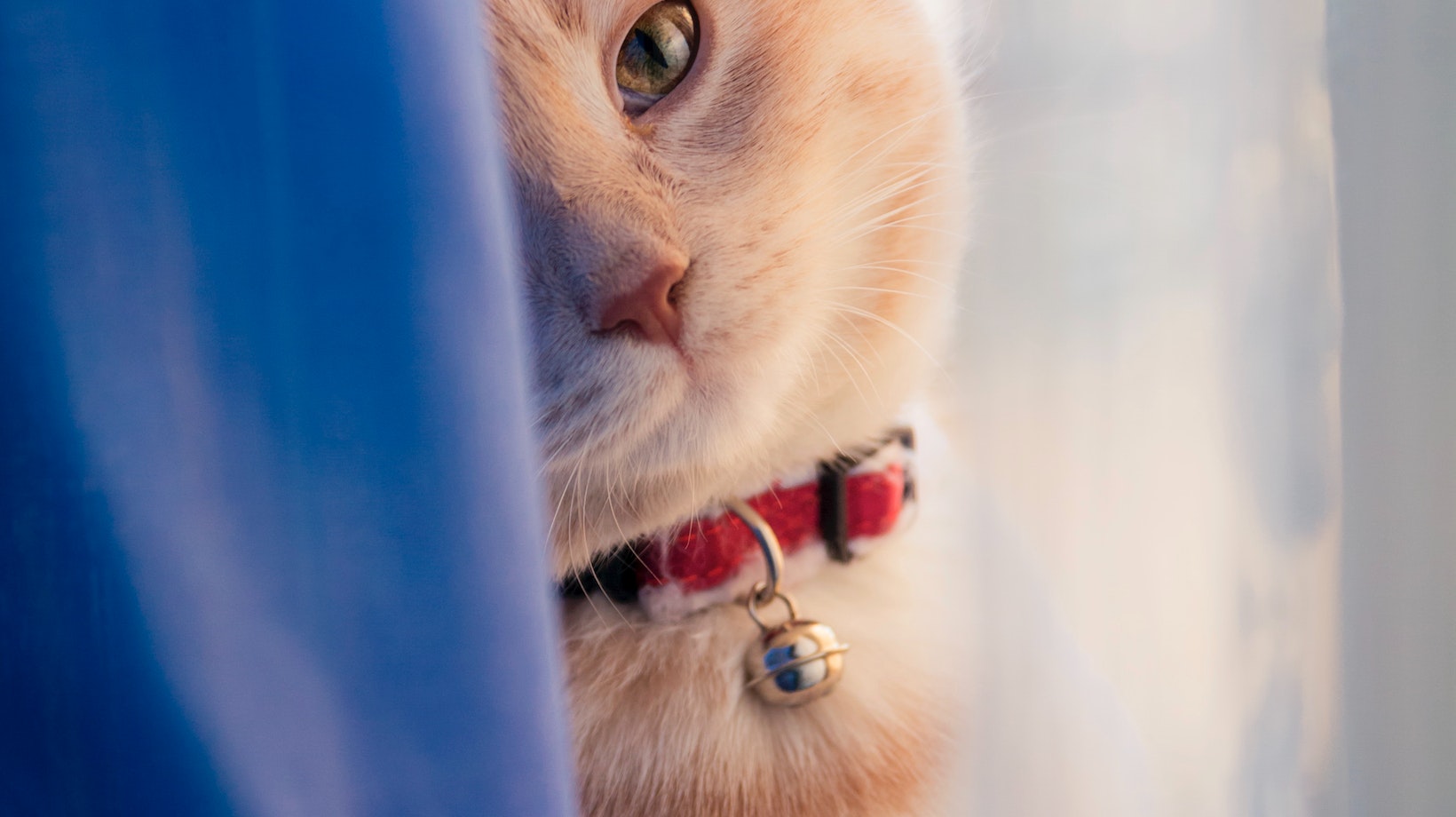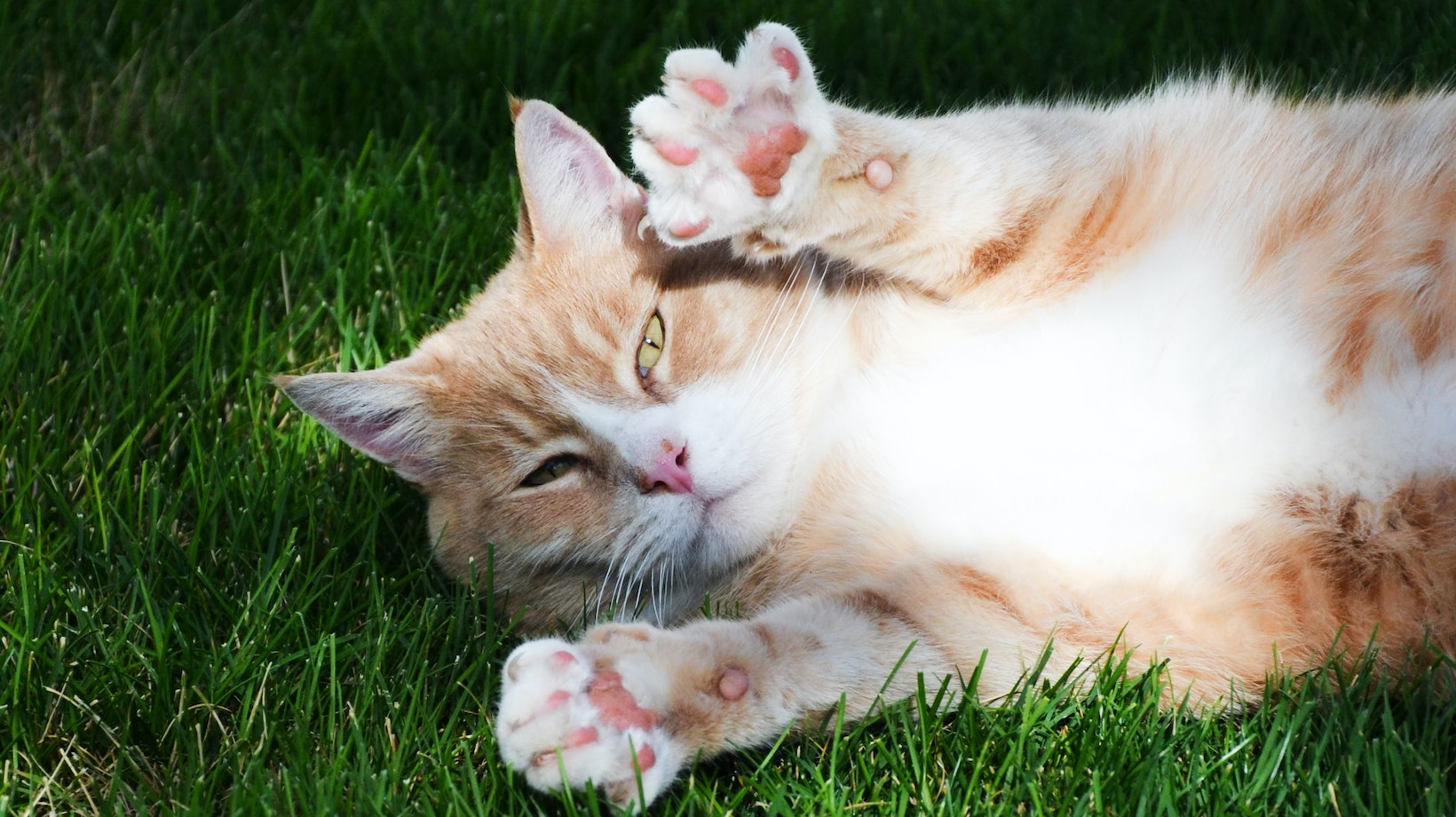
Understanding Cat Fleas: The Basics
Let’s tackle the pesky problem of cat fleas. These tiny critters are more than just a nuisance, they’re a potential health risk to your furry friends. Fleas can cause anything from minor discomfort to serious skin conditions and diseases in cats.
Fleas are small, wingless insects that survive by feeding on the blood of their hosts – in this case, our cats. It’s important to remember that even indoor cats can get fleas! They hitch a ride indoors on other pets or people, and it doesn’t take long for them to settle in and multiply.
If you’ve spotted your cat scratching more often than usual, it may be time for an inspection. Check around their ears, neck, back and base of their tail for any signs of these tiny parasites. Here are some tell-tale signs:
- Tiny black dots (known as ‘flea dirt’)
- Redness or inflammation
- Hair loss
Treating fleas isn’t just about getting rid of the adults; you also have to deal with the eggs and larvae. That’s where flea baths come in handy.
Flea baths involve using special medicated shampoos designed to kill off these pests at all stages of life – from egg right through to adult flea. However, giving your cat too many flea baths can dry out their skin and coat.

Can I Give My Cat a Flea Bath Two Days in a Row
Let’s delve into this common question among cat owners, “Can I give my cat a flea bath two days in a row?” Well, the short and simple answer is no. We’ll explain why.
Firstly, it’s crucial to understand that flea treatments are pesticides. While they’re designed to be safe for pets, they can also cause harm if used excessively or improperly. Too frequent baths can lead to skin irritation and other health problems for your feline friend.
Just think about it—our cats have sensitive skin! Frequent exposure to chemicals found in flea shampoos might dry out their skin and strip away essential oils. This could result in flaky skin, itching or even hair loss.
Also remember that fleas are pesky creatures! They don’t just live on your pet—they inhabit carpets, bedding and furniture too. So bathing your cat more frequently won’t necessarily solve the problem entirely.
Instead of frequent baths, consider these alternatives:
- A vet-prescribed oral medication
- Topical spot-on treatments
- Flea collars
These options work systemically over time to kill fleas on your pet. Plus they offer protection against future infestations without causing discomfort from repeated washing.
How Flea Baths Impact Your Feline’s Health
Flea baths sure sound like a great idea, don’t they? A quick dip and your cat’s pesky parasites are history. But have you ever wondered what this frequent bathing does to your feline friend’s health? Let’s delve into the nitty-gritty of that.
First off, let us understand that cats aren’t huge fans of water. Frequent wetting can significantly stress them out, leading to behavioral changes and even health issues. Stress in cats often materializes as decreased appetite, withdrawal from activities or excessive grooming which could lead to hair loss or skin issues.
Next on our list is the impact on their skin and fur. Cats’ coats are designed by nature to be self-sustaining; regular washing interferes with this. Their skin produces essential oils that keep their coat healthy and shiny. Too many baths strip away these natural oils, leaving their fur dull and dry.
What about those flea bath products we’re using? Many contain chemicals harsh enough to cause allergic reactions or irritate sensitive feline skin. Symptoms may include itching, redness, rashes or even more serious conditions such as chemical burns if not appropriately rinsed off.
Lastly but importantly is the risk of toxic ingestion. Cats groom themselves by licking their fur clean – remember that! If any traces of the flea bath product remain post-bath, they’ll likely end up swallowing it during grooming sessions later on.
So next time you’re contemplating back-to-back flea baths for Fluffy, consider these factors first!

 By
By 




